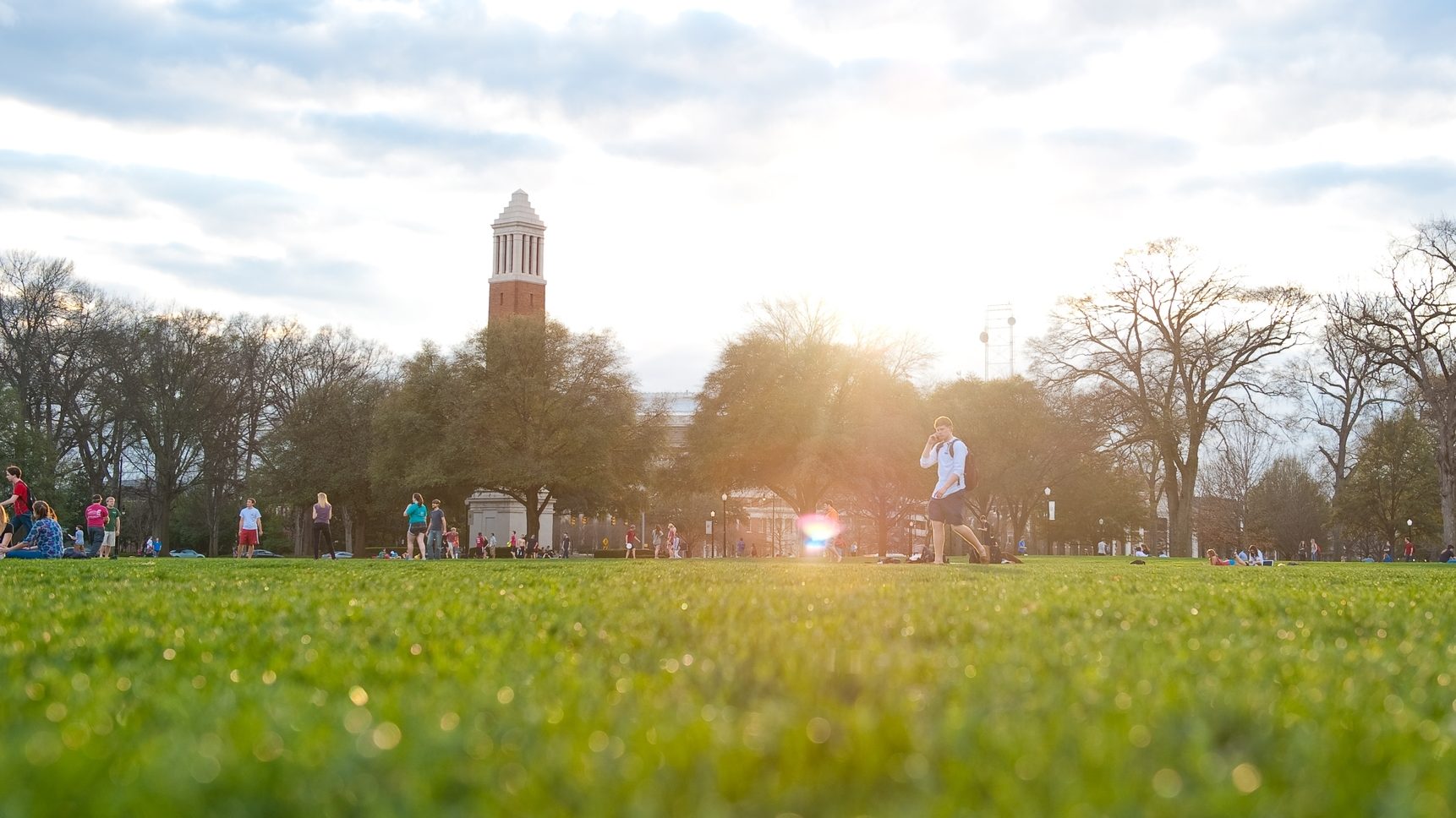I’d like to get some exercise, but it’s raining … Now it’s clear, but so hot ….. OK, getting cooler …. wait, raining again. Ugh, I give up!
If summer weather messes with your exercise goals, consider advice from Dr. Jonathan Wingo, chair of the kinesiology department in the College of Education, and Carolyn MacVicar, UA’s work-life manager.
Adapt, don’t quit.
“First, commit to maintaining physical activity levels, regardless of conditions. Make it habitual, just like brushing teeth and showering,” Wingo said.
If it’s too hot or raining, change your location. MacVicar and Wingo recommended walking inside larger campus buildings or at the mall. When heat is the problem, exercise in the cooler parts of the day. And, some people will brave the rain and go outdoors anyway. If you are one of them, remember lightning safety. Better yet, change up your routine.
“We are lucky at UA to have the Student Recreation Center where there are indoor racquet ball courts, stationary bikes and lots of strength training equipment,” MacVicar said. Bad weather days can also be the days to mix up your lunch-hour exercise routine. “Find a comfortable space like your office or spare conference room, pull up a yoga video on YouTube and make it your indoor stretch day.”
Adding different exercises to your routine also can help when bad weather tempts you to give up, Wingo said. “Consider alternative forms of exercise that may not be as strenuous. If you normally walk or run, try bicycling, swimming, etc. instead.”
If your exercise is something like a walk around the Quad, it’s probably not necessary to warm up, Wingo said, though a cooldown that includes gentle stretches won’t hurt. What will hurt is starting a rigorous hot-weather exercise regimen from a standstill. “Acclimatize to the heat by gradually increasing exercise duration and intensity over 10 to 14 days.”
Let sweat work for you.
Let sweat work for you, but don’t buy into the idea more sweat is better. Wingo said there is no evidence sweat purges toxins from the body or that sweating alone reduces fat. What sweat does do is help you cool off.
“It is important to understand that in hot weather evaporation of sweat is the primary avenue of heat loss. Sweat formed on the skin is best left to evaporate, not wipe off. Only when the sweat has changed phase from a liquid to a gas does it actually result in heat loss,” Wingo said.
Wear light colored, loose clothing that exposes skin as appropriate to the setting, but never wear gear advertised to increase sweat.
“Avoid impermeable garments, such as plastic suits or trash bags. The excess weight loss after exercising in such suits is mostly water weight from sweat, not fat. These sorts of practices can result in dangerously high body temperatures and should be avoided,” he said. The heat stress from that clothing can make you exercise slower, meaning fewer calories are actually burned. And it can lead to heat sickness such as cramps, heat exhaustion and heat stroke.
Hydrate, hydrate, hydrate.
Both Wingo and MacVicar advocated carrying water or exercising where water is readily available. And don’t wait until feeling sick to assume you are dehydrated. First morning body weight measurements combined with urine color and thirst perception can be useful in assessing hydration status. Thirst, dark urine and a lower body weight (compared with a daily average) are signs of dehydration. “If two of those three are present, dehydration is likely. If all three are present, dehydration is very likely,” Wingo said.
